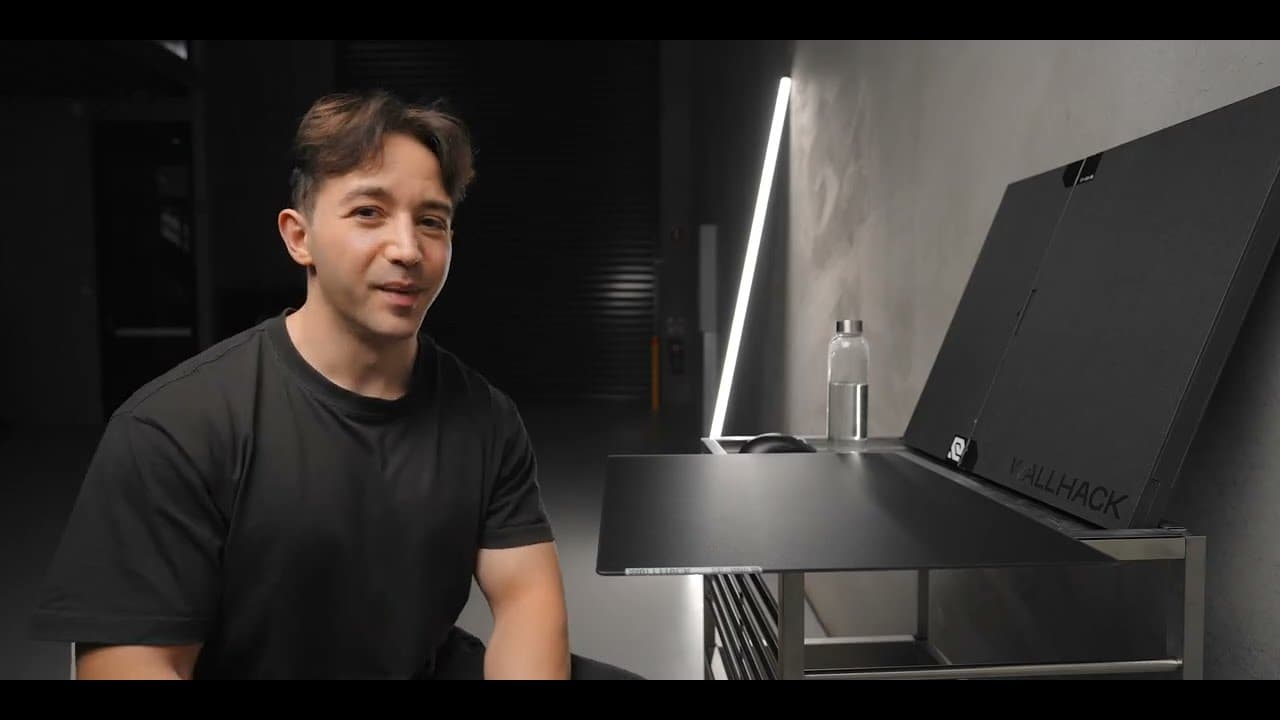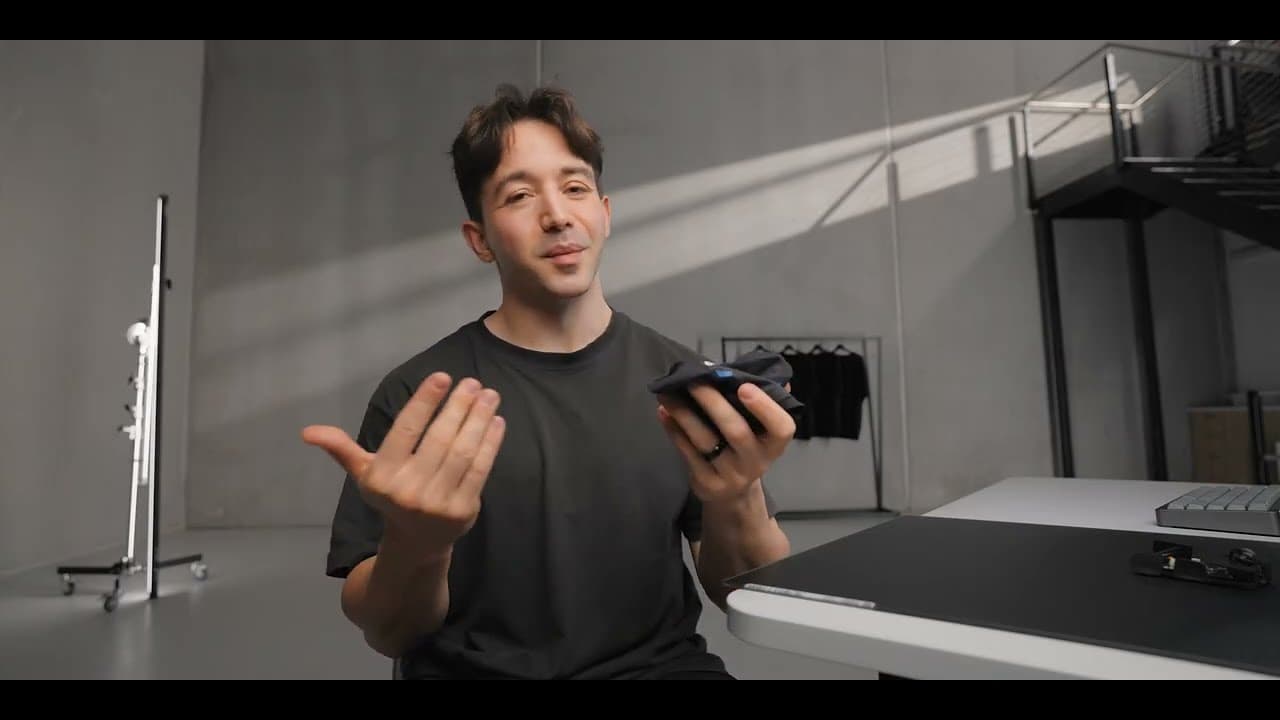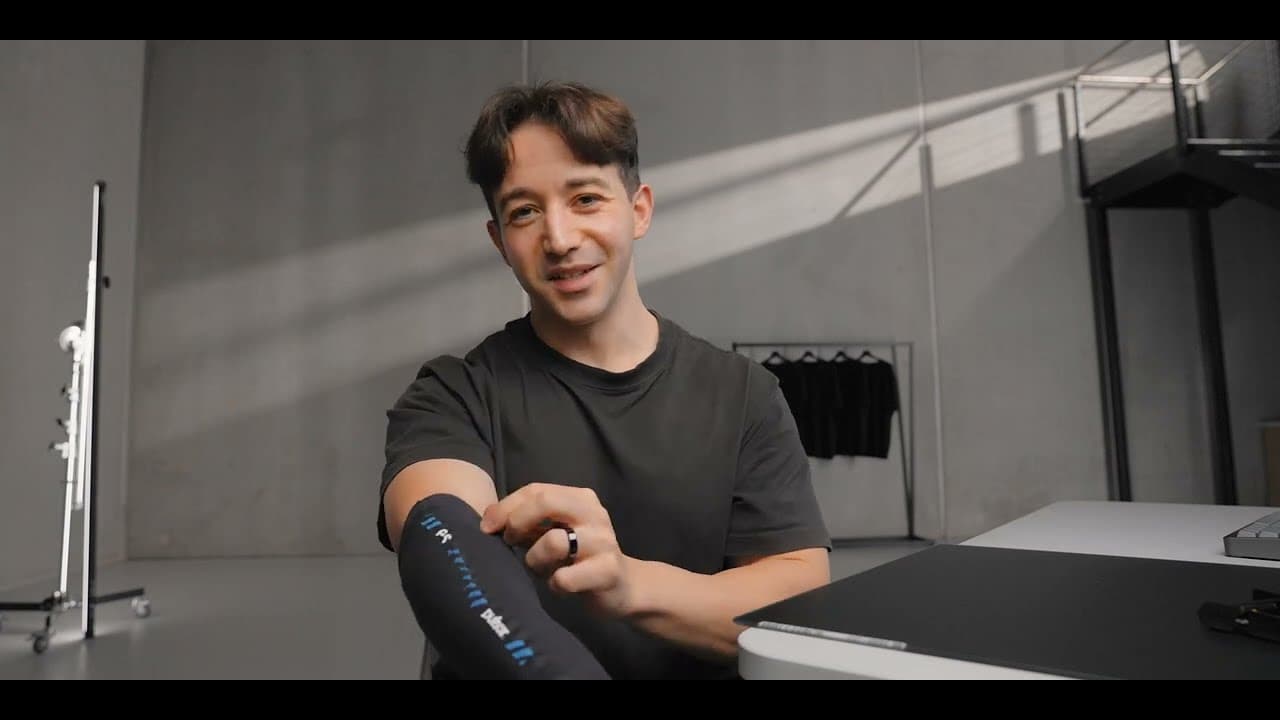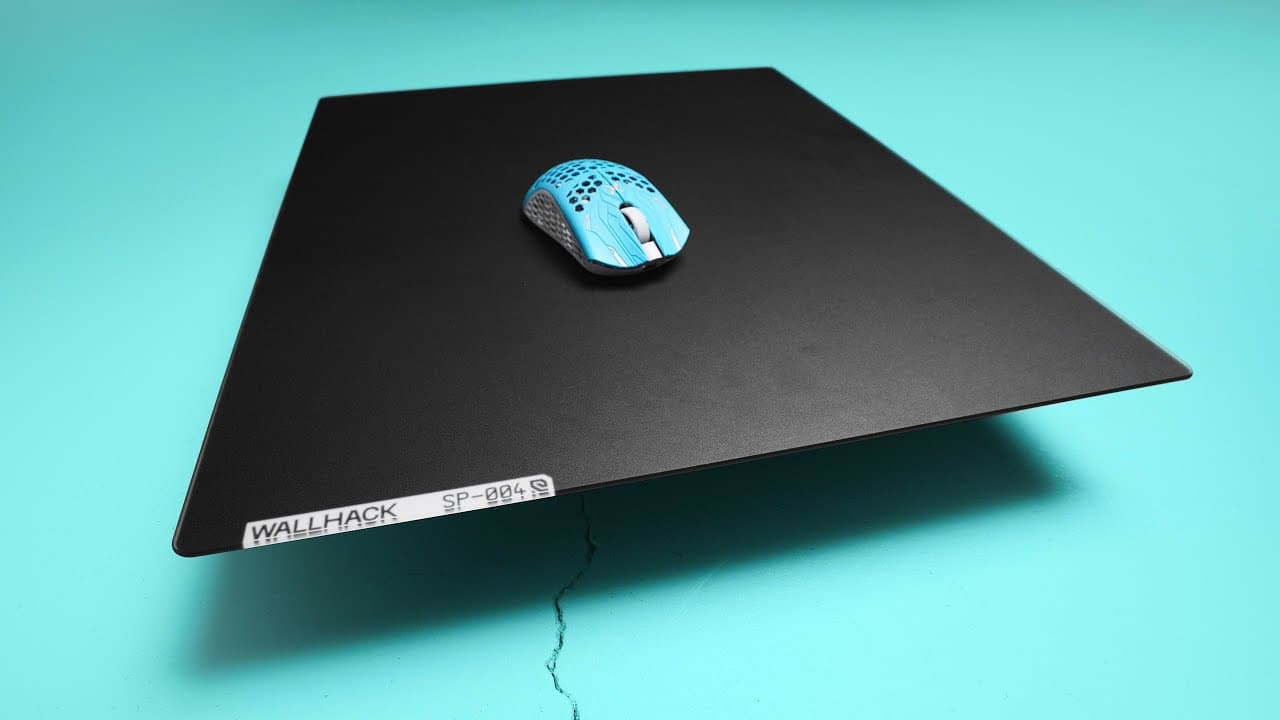Why I Switched to Glass Mouse Pads
I never thought a mouse pad could make such a difference in my gaming setup, but after trying one, I realized it could transform how my cursor feels during intense FPS matches, potentially giving me the edge in competitive play.
TL;DR
I switched from cloth to glass mouse pads for better consistency and speed, making my gaming feel more responsive and reliable.
Testing the Skypad 4.0 revealed it as the smoothest and fastest option, outpacing previous models and enhancing my aim without any lag.
Despite needing an arm sleeve to avoid discomfort, the pad's durability and quiet glide kept it feeling brand new after months.
Challenges like faster skate wear emerged, but pairing it with better materials made the upgrade worthwhile for long-term performance.
Ultimately, this choice removed input friction, making me question if I'd ever go back to traditional pads.
About a year ago, I decided to switch from a traditional cloth mouse pad to a glass one, driven by my love for competitive FPS games where every movement counts. The main reasons were consistency and speed; cloth pads vary with temperature, humidity, and pressure, but glass pads deliver a steady feel no matter the conditions. This change made my cursor input feel incredibly reliable, even during high-stress moments.

Recently, I've been using the Skypad 4.0 for about six months, and it's been a game-changer. It's faster than any cloth pad I've tried, with a brutally quick glide that makes tracking in games feel effortless and fun. Compared to my old Skypad 3 or the Pulsar Superglide, this one is at least 15-20% quicker, almost like the mouse is hovering smoothly across the surface.
The Skypad 4.0 stands out for its smoothness and quiet operation, lacking the scratchy sound or icy texture of other glass pads. Its microtexture provides just enough for my mouse sensor to read without any noticeable grab, resulting in a surreal, fluid experience. This has made it my daily driver, even for non-gaming tasks like editing, where the responsiveness shines.

Of course, there are downsides, like the need for an arm sleeve in warmer climates to prevent my arm from sticking to the pad. It's a small inconvenience that takes seconds to put on, but it ensures consistent gliding and better aim overall. I've also noticed that glass pads wear down mouse skates faster than cloth ones, so I switched to more durable options like X-Ray Pad Obsidians to extend their life.
Despite these challenges, the Skypad 4.0's long-term value is clear—it's durable, requires no cleaning, and maintains its condition indefinitely. When I briefly went back to a cloth pad like the Artisan Raiden, it felt sluggish with noticeable input lag, reinforcing why I stick with glass. At $120, it's pricey, but for the performance boost, I believe it's justified.

This upgrade has fundamentally changed how I approach gaming, emphasizing that small details can lead to big improvements in responsiveness and enjoyment.
As I reflect on this switch, the key lesson is that investing in high-quality peripherals can enhance consistency and reduce frustration, paving the way for better performance in the long run.
Key Takeaways
Glass mouse pads offer superior consistency and speed compared to cloth ones, ideal for competitive gaming.
The Skypad 4.0 excels in smoothness, quietness, and responsiveness, making it a top choice despite its cost.
Downsides include the need for accessories like arm sleeves and faster skate wear, but these are manageable with the right setup.
Overall, the benefits in input feel and durability justify the investment for serious gamers.

